|
Binder |
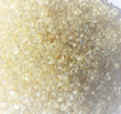
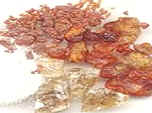 |
|
Pigment |
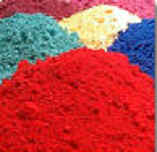 |
|
Solvent |
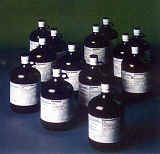 |
|
Additives |
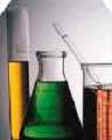
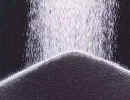 |
| 6. Coating Principles | |
|
6.2 Paints |
|
Composition of Paints
There are basically four ingredients in paints.
|
Binder |

 |
|
Pigment |
 |
|
Solvent |
 |
|
Additives |

 |
The functions of the above ingredients are explained below.
Binders: The function of a binder is to bind all the pigments together into a homogeneous film. The binder is basically a resin. The binder is also called 'vehicle'. Resins are non volatile. Examples include epoxy esters, chlorinated rubbers, acrylics, linylsy urethanes, etc.
Pigments: Basically a pigment provides a decorative color and it protects the binders from the destructive effect of the sun rays on the binders. Examples: iron oxide (red), titanium dioxide (white), chrome yellow (yellow), lampblack (black).
Solvents: The function of a solvent is to convert a solid binder into a homogeneous working fluid as many of the binders would be unworkable unless converted to liquid. Examples include aliphatic hydrocarbons, aromatic hydrocarbons, esters and alcohols.
Additives: These are auxiliary products added to improve the technical properties of paints. Examples:
Film formation promotes like glycol ethers, glycol ether esters, etc.
Wetting agents which assist in wetting of the pigment by the binders (one to one contact) and prevents flacullates of the pigment)
Catalysts are added to accelerate the process of drying. For example, manganese, zinc, barium salts and zirconium compounds.
Plasticizers improve flexibility of fibre (esters of dicarboxylic acid) by biological agents (biocides and fungicides).
|
|